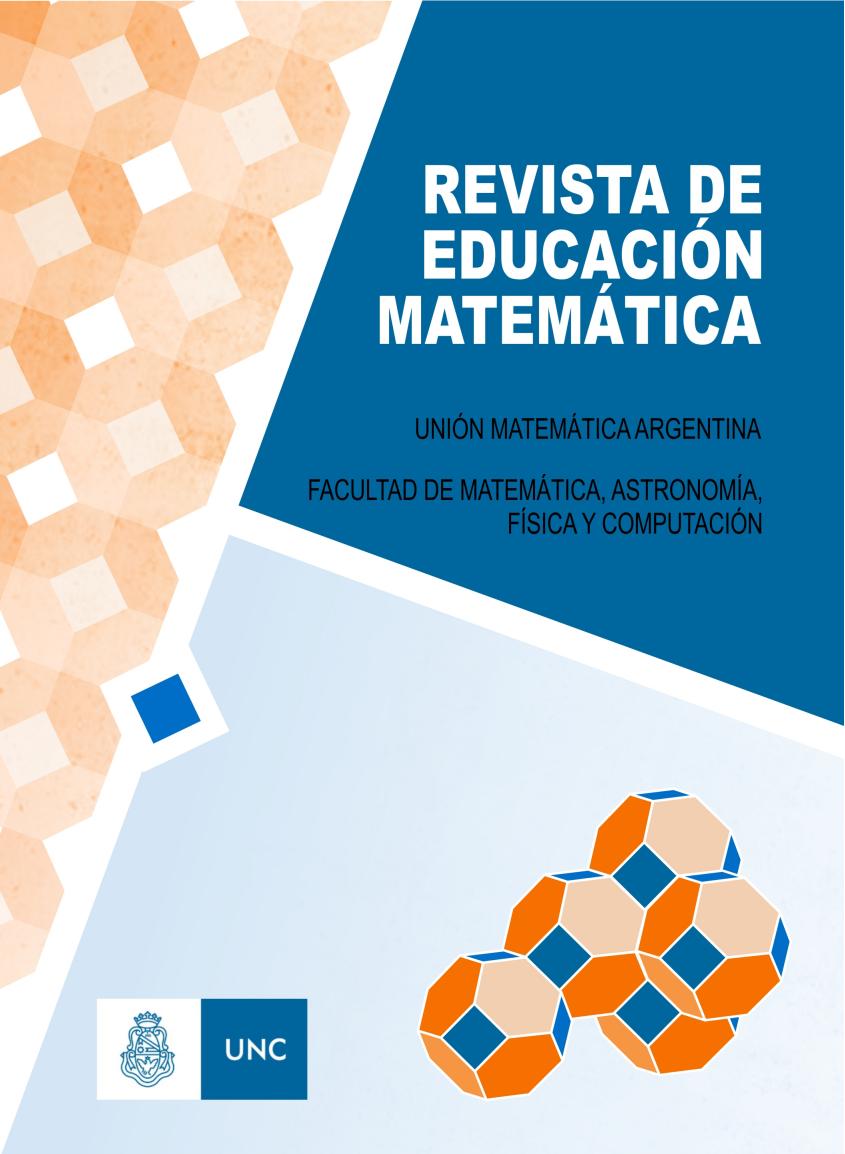Cryptography, Literature and Comprehensive Education: “Journey to the Center of the Earth“ by Jules Verne
DOI:
https://doi.org/10.33044/revem.38727Keywords:
Cryptanalysis, Cryptography, Education, LiteratureAbstract
We offer in this paper an example of the possibilities of Cryptography, as a branch of Applied Mathematics, to cover pleasantly and fruitfully many essential questions of Education. And when we say Education we want to highlight its broader and more
extensive semantics, so necessary and so longed for many times today, without losing the necessary precision of especialization, grouping in this study issues related to areas such as Mathematics, Communications Security, Literature, Linguistics, or Classical Languages. For this purpose, we have relied on a famous literary work by the great French writer Jules
G. Verne, “Journey to the Center of the Earth”. Based solely on the enigmatic message that appears at the beginning of the novel we offer the solution in detail and by cryptanalytic means, showing step by step the various approaches to generally resolve an unknown text. Finally, this example helps us to detail some fundamental elements of Algebra and
Communication Theory that are typical of Cryptology.
Downloads
References
Arntz, H. (2007). Handbuch der Runenkunde. Leipzig, Deutschland: Lempertz.
Bauer, F. L. (2007). Decrypted Secrets: Methods and Maxims of Cryptology. Berlin, Deutschland: Springer.
Doyle, A. C. (1893). The Memoirs of Sherlock Holmes. London, England: George Newnes.
Doyle, A. C. (1905). The Dancing Men. London, England: George Newnes.
Doyle, A. C. (1915). The Valley of Fear. New York, United States of America: George H. Doran Company.
ETA. (2021). LetterFrequency.org. Descargado de http://letterfrequency.org/letter-frequency-by-language/
Friedman, W. F. (1987). The Index of Coincidence and its Applications in Cryptanalysis. Laguna Hills (CA), United States of America: Aegean Park Press.
Guerrero, F. G. (2009). A New Look at the Classical Entropy of Written English. Transactions on Information Theory, 1–15.
Jara-Vera, V. (2016). Contexto, Criptoanálisis y propuesta de solución de la inscripción de la talla (original) de la Virgen de Candelaria de Tenerife (Canarias, España) (Tesis Doctoral no publicada). ETSIT, Universidad Politécnica de Madrid, Madrid, España.
Jara-Vera, V., y Sánchez-Ávila, C. (2019). Graphemic-phonetic Diachronic Linguistic Invariance of the Frequency and of the Index of Coincidence as Cryptanalytic Tools. Plos One, 14(3), 1–31.
Jara-Vera, V., y Sánchez-Ávila, C. (2021). Some Notes on a Formal Algebraic Structure of Cryptology. Mathematics, 9(2183), 1–28. Descargado de https://doi.org/10.3390/math9182183
Kahn, D. (1996). The Code-breakers: The Comprehensive History of Secret Communication from Ancient Times to the Internet. New York, United States of America: Scribner.
Lexilogos. (2021). Icelandic Dictionay. Descargado de https://www.lexilogos.com/english/icelandic_dictionary.html
Margot, J. M. (1980). Comment se Documentait Jules Verne. Bulletin de l‘Association Bibliothécaires Genevoise, 4, 5–12.
Poe, E. A. (1843). The Gold-Bug. Dollar Newspaper, 28 de junio, 1–4.
Shannon, C. E. (1950). The Redundancy of English. Cybernetics, 248–272.
Shannon, C. E. (1951). Prediction and Entropy of Printed English. Bell System Technical Journal, 30(50), 47–51.
Vargas-Llosa, M. (1971). García Márquez: historia de un deicidio. Barcelona, España: Seix Barral.
Verne, J. (1864). Voyage au Centre de la Terre. Paris: France: Pierre-Jules Hetzel.
Verne, J. (1868). Les Enfants du Capitaine Grant. Paris: France: Pierre-Jules Hetzel.
Verne, J. (1881). La Jangada. Paris: France: Pierre-Jules Hetzel.
Verne, J. (1885). Mathias Sandorf. Paris: France: Pierre-Jules Hetzel.
Downloads
Published
Issue
Section
License

This work is licensed under a Creative Commons Attribution-ShareAlike 4.0 International License.
Aquellos autores/as que tengan publicaciones con esta revista, aceptan los términos siguientes:
- Los autores/as conservarán sus derechos de autor y garantizarán a la revista el derecho de primera publicación de su obra, el cuál estará simultáneamente sujeto a la Atribución-CompartirIgual 4.0 Internacional (CC BY-SA 4.0), que permite:
- Compartir — copiar y redistribuir el material en cualquier medio o formato
- Adaptar — remezclar, transformar y construir a partir del material
- La licenciante no puede revocar estas libertades en tanto usted siga los términos de la licencia
- Los autores/as podrán adoptar otros acuerdos de licencia no exclusiva de distribución de la versión de la obra publicada (p. ej.: depositarla en un archivo telemático institucional o publicarla en un volumen monográfico) siempre que se indique la publicación inicial en esta revista.
- Se permite y recomienda a los autores/as difundir su obra a través de Internet (p. ej.: en archivos telemáticos institucionales o en su página web) después del proceso de publicación, lo cual puede producir intercambios interesantes y aumentar las citas de la obra publicada. (Véase El efecto del acceso abierto).









